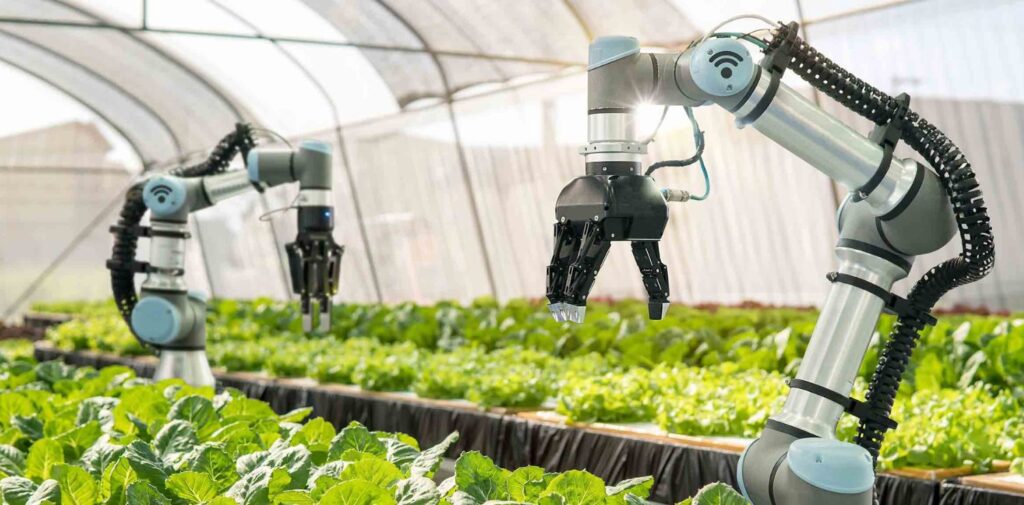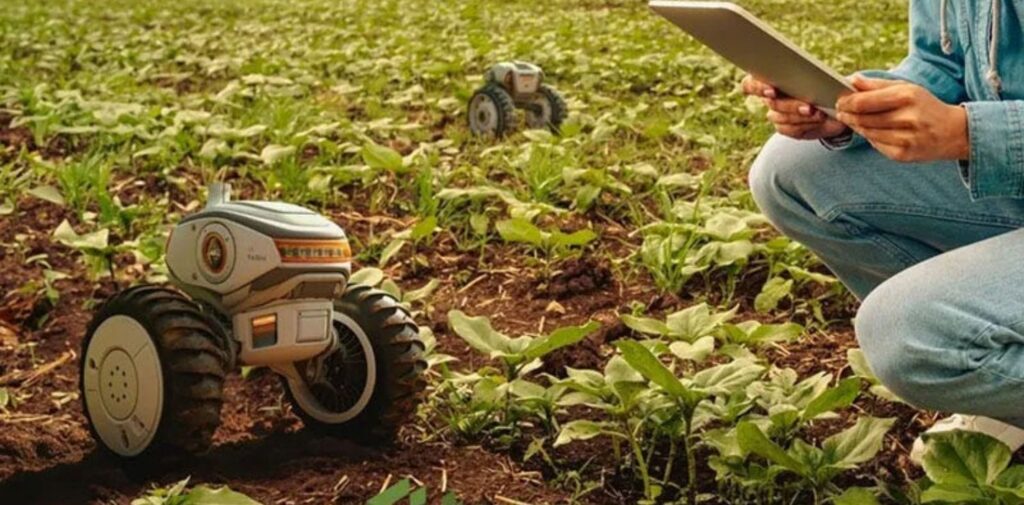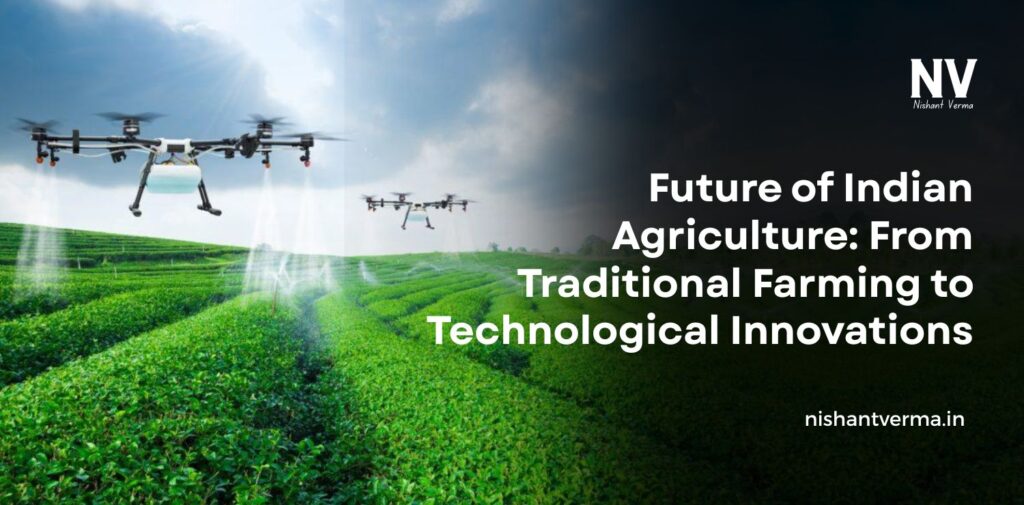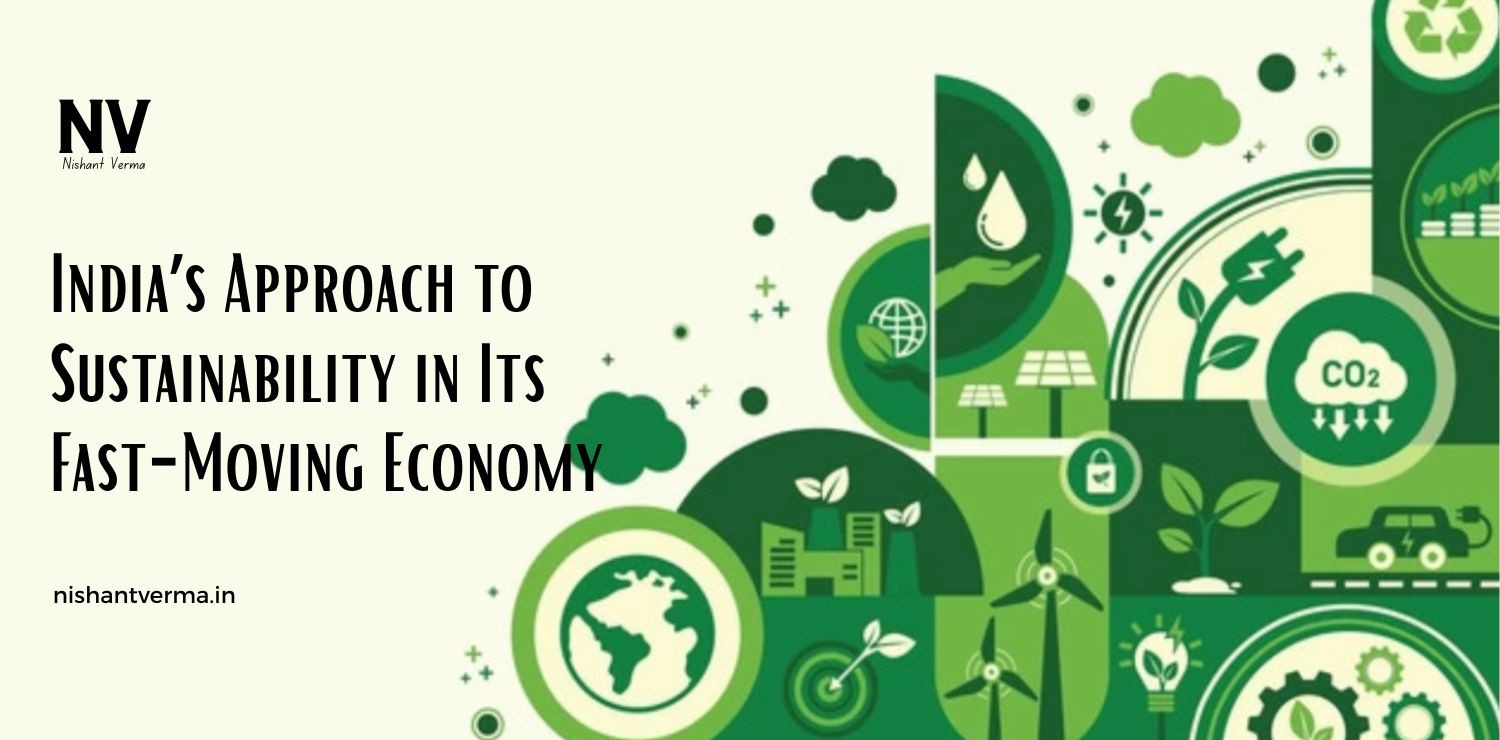Agriculture has been the backbone of India’s economy for centuries, providing livelihoods for millions of farmers and sustaining the country’s vast population. However, as the world changes, Indian agriculture is also undergoing a transformation. The shift from traditional farming methods to the adoption of modern technologies is reshaping the agricultural landscape. In this article, we will explore the future of Indian agriculture, looking at how it is evolving from its age-old practices to the use of cutting-edge technologies that are revolutionizing farming.
The Changing Face of Indian Agriculture
Agriculture in India has traditionally been heavily reliant on the monsoon, with farmers depending on rain-fed irrigation for crop production. The methods were often simple, with hand tools, animal labor, and small-scale farming. Over time, however, the challenges of climate change, population growth, and the need for higher food production have forced the agriculture sector to adapt.
The introduction of green revolution techniques in the 1960s brought significant changes, including the use of high-yielding variety seeds, chemical fertilizers, and pesticides. While these innovations increased food production and made India self-sufficient in staple crops like wheat and rice, they also led to environmental issues such as soil degradation and water scarcity.
Today, the face of Indian agriculture is changing once again. With technological advancements, the country is transitioning to a more sustainable, efficient, and tech-driven farming model that promises to improve productivity while reducing environmental harm.

Adoption of Technology in Farming
One of the most promising trends in Indian agriculture is the increasing use of technology. Technology is helping farmers solve problems, improve efficiency, and manage resources more effectively. The introduction of innovations like GPS, drones, artificial intelligence (AI), and the Internet of Things (IoT) is revolutionizing the way farming is done.
For example, GPS technology allows farmers to precisely monitor and manage their fields, making it easier to apply fertilizers, water, and pesticides only where they are needed. Drones are being used to survey crops, monitor plant health, and even spray pesticides and nutrients. AI-powered tools can help predict weather patterns, pest invasions, and crop diseases, allowing farmers to take preventive actions in time.
IoT-enabled devices, such as smart sensors, can be placed in the soil to measure moisture levels, temperature, and nutrient content, sending real-time data to farmers. With this information, they can make informed decisions on irrigation and fertilization, reducing waste and improving crop yield.
The adoption of these technologies is particularly beneficial for small farmers, who previously lacked access to such advanced tools. Through affordable mobile apps and digital platforms, they can now access vital information on weather, market prices, and best practices, helping them improve their productivity and profitability.

Smart Irrigation: Saving Water and Increasing Efficiency
Water scarcity is one of the most significant challenges faced by Indian agriculture. With more than half of Indian farmers relying on rainfall, the unpredictability of monsoon seasons often leads to crop failure or low yields. To address this, the government and various organizations are promoting smart irrigation systems.
Smart irrigation systems use technology to optimize the use of water. Drip irrigation and sprinkler systems, along with IoT sensors, ensure that crops receive the right amount of water at the right time. This not only reduces water wastage but also helps in maintaining the health of the soil. In regions like Rajasthan, where water scarcity is a major issue, these technologies have already proven to be highly effective in improving crop yields while conserving water resources.
Additionally, satellite-based technology is being used to monitor soil moisture levels across vast areas, providing farmers with accurate data to help them manage water resources more efficiently. These innovations are making it possible for farmers to produce more food using less water, which is critical in a country where water resources are becoming increasingly scarce.
Sustainable and Precision Farming for the Future
Sustainability is at the core of India’s future agricultural plans. As the global population grows, the demand for food will continue to rise, but at the same time, the pressures on land, water, and natural resources will intensify. This makes it essential for Indian agriculture to adopt sustainable practices that minimize environmental harm.
Precision farming, which uses technology to monitor and optimize farming practices, is one of the most effective ways to achieve sustainability. This includes using less water, reducing the use of chemical fertilizers and pesticides, and improving soil health. For example, using soil health management systems that analyze the nutrient content of the soil can guide farmers in applying the right amount of fertilizers, reducing the risk of overuse and environmental pollution.
Additionally, the use of organic farming methods, which focus on soil health, crop rotation, and the use of natural fertilizers, is gaining popularity in India. While organic farming may require more effort and knowledge, it is becoming an essential part of sustainable agricultural practices that are better for both the environment and the farmer’s long-term profitability.
The Role of Government and Policy Support
For technological innovations to succeed, strong policy support is needed. The Indian government has recognized the importance of modernizing agriculture and has introduced several initiatives aimed at promoting the adoption of technology in farming.
Programs like the Pradhan Mantri Krishi Sinchayee Yojana (PMKSY) for irrigation, the Soil Health Card Scheme, and the National Mission for Sustainable Agriculture (NMSA) are helping farmers access the resources and training needed to improve their farming practices. Additionally, the government has launched initiatives like the eNAM (National Agriculture Market) platform, which allows farmers to access national markets and sell their produce at competitive prices, cutting out the middlemen who often exploit them.
The government is also encouraging the use of digital platforms to provide farmers with information on weather forecasts, best practices, and market prices. This digital push is helping farmers become more informed and make better decisions about their crops, leading to higher yields and greater profitability.

Challenges in the Transition to Tech-Driven Agriculture
While the future of Indian agriculture is bright with technological advancements, there are several challenges that need to be addressed to ensure that these innovations reach all farmers, especially those in rural and remote areas. The digital divide remains a significant barrier, as many farmers still lack access to the internet or smartphones. Ensuring that these farmers can benefit from technology is a critical step in bridging the gap between traditional and modern farming practices.
Another challenge is the cost of adopting new technologies. While technologies like drones, sensors, and AI-powered tools can significantly improve farm productivity, the initial investment may be too high for small farmers. To address this, the government and private sector need to work together to make these technologies more affordable and accessible to all farmers.
Moreover, there is a need for proper training and capacity building to help farmers understand how to use new tools effectively. Without proper knowledge, farmers may struggle to make the most of these technologies, limiting their potential benefits.
The Road Ahead: Future of Indian Agriculture
The future of Indian agriculture lies in embracing technology and innovation. By incorporating smart farming practices, sustainable methods, and advanced tools, India has the potential to become a global leader in agricultural productivity while ensuring food security for its growing population.
The shift from traditional farming to tech-driven agriculture will not happen overnight, but with the right policies, investments, and support systems in place, India can create a more sustainable, efficient, and profitable agricultural sector. By empowering farmers with the tools and knowledge they need, the country can unlock the true potential of its agricultural sector and pave the way for a prosperous future.
In conclusion, the future of Indian agriculture is full of promise. With the right combination of traditional knowledge and technological innovation, Indian farmers can face the challenges of today and tomorrow, ensuring a bright future for agriculture and the millions of people who depend on it for their livelihoods.




